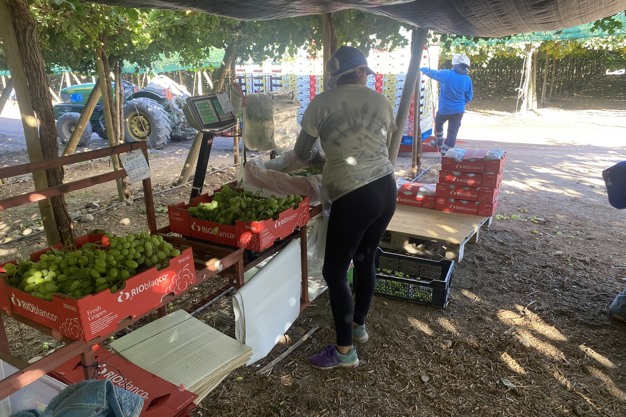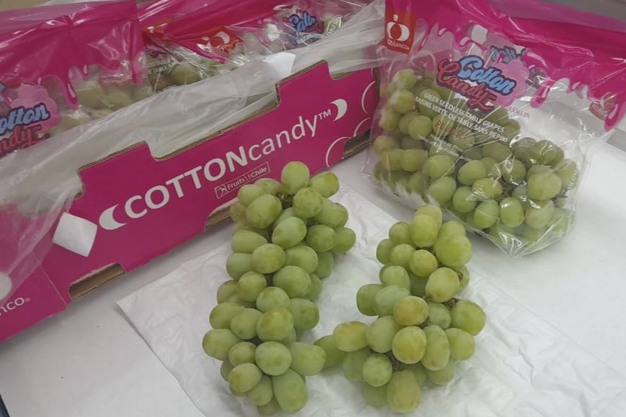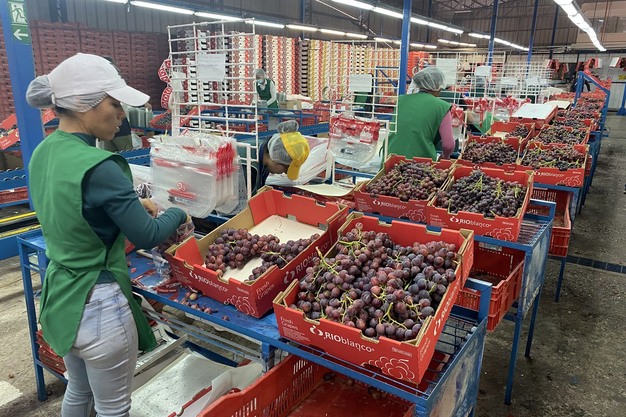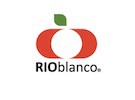It looks to be largely a later start for the Chilean grape season. “The north, Copiapó, was quite early--maybe 12 to even 18 days early at the beginning and it continued to be early,” says Nicolas Damm of Rio Blanco.

The subsequent 4th region in Vicuña and Ovalle are also early by quite a bit. However, Aconcagua and the central valleys, are delayed. Overall, Chile is estimated to produce 62.5 million boxes of table grapes this season. “Volume-wise from Chile, I think the north will end up a bit light in volume. It’s earlier so the fruit matured earlier but it’s a bit lighter in terms of weight so there are fewer boxes,” he says. “However the quality and condition of the fruit looks pretty good.”
Damm says that while there isn’t a gap in grape availability between shipping regions, even with both California and Peru ending their seasons earlier than anticipated, there might be a lack of red grapes. At the end of its season, Peru is heavier on green grape shipments and Chile also has a greater supply of green grapes currently.
It’s also anticipated right now that because the southern Chilean grape growing regions are also delayed in production, the season may also end slightly later.

New varieties
Right now, some varieties shipping from Chile include Sweet Celebration, Ivory, Cotton Candy and Candy Hearts along with some early shipments of Sugraones and Thompsons. He also notes that there’s a higher percentage of newer varieties being offered this season from Chile.
As for grape demand, it’s strong. “The U.S. market is eager for grapes. There’s really good demand and good prices and good movement,” says Damm. He believes that demand should stay stable throughout February with moderate volumes coming out of Chile while Peru winds down its production. “Then we’ll see how the volumes pick up from Chile during the harvest window of February and going into March with more volume,” he says, noting demand could soften in March with greater volumes on hand. That said, while March will see peak shipments, they’re still moderate for peak supply.

As for pricing, while it’s stronger now, it may soften as those volumes come on--but again, only slightly says Damm. “The prices that were set for February are pretty stable on the high end. We hope the movement continues with those prices,” he says. “What we’ve seen from our farm is that the fruit we are loading will be delivered well for those prices in terms of quality, sizing and condition.”
 For more information:
For more information:
Nicolas Damm
Rio Blanco
Tel: +56 (2) 2307 4100
nicolas.damm@rioblanco.net
www.rioblanco.net

